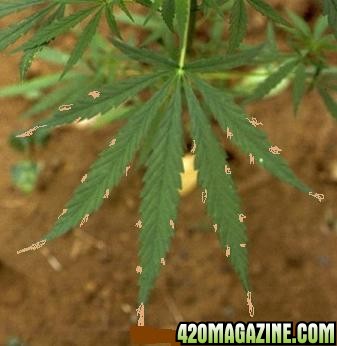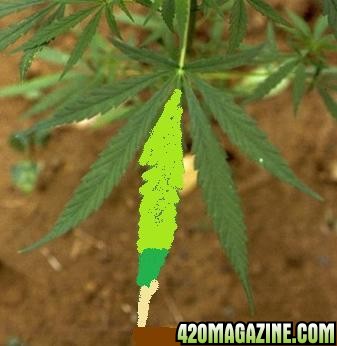plant is 4 inches tall
older leaaves look like this.solid green with brown tips, brown spots along side of leaf going toword center of plant

young leaves look like this. they are lime colored from center to tip then green then brown at the tip

im using fox farm grow big. i am following direction on back of bottle. is this for every watering or once a week ?
older leaaves look like this.solid green with brown tips, brown spots along side of leaf going toword center of plant

young leaves look like this. they are lime colored from center to tip then green then brown at the tip

im using fox farm grow big. i am following direction on back of bottle. is this for every watering or once a week ?





